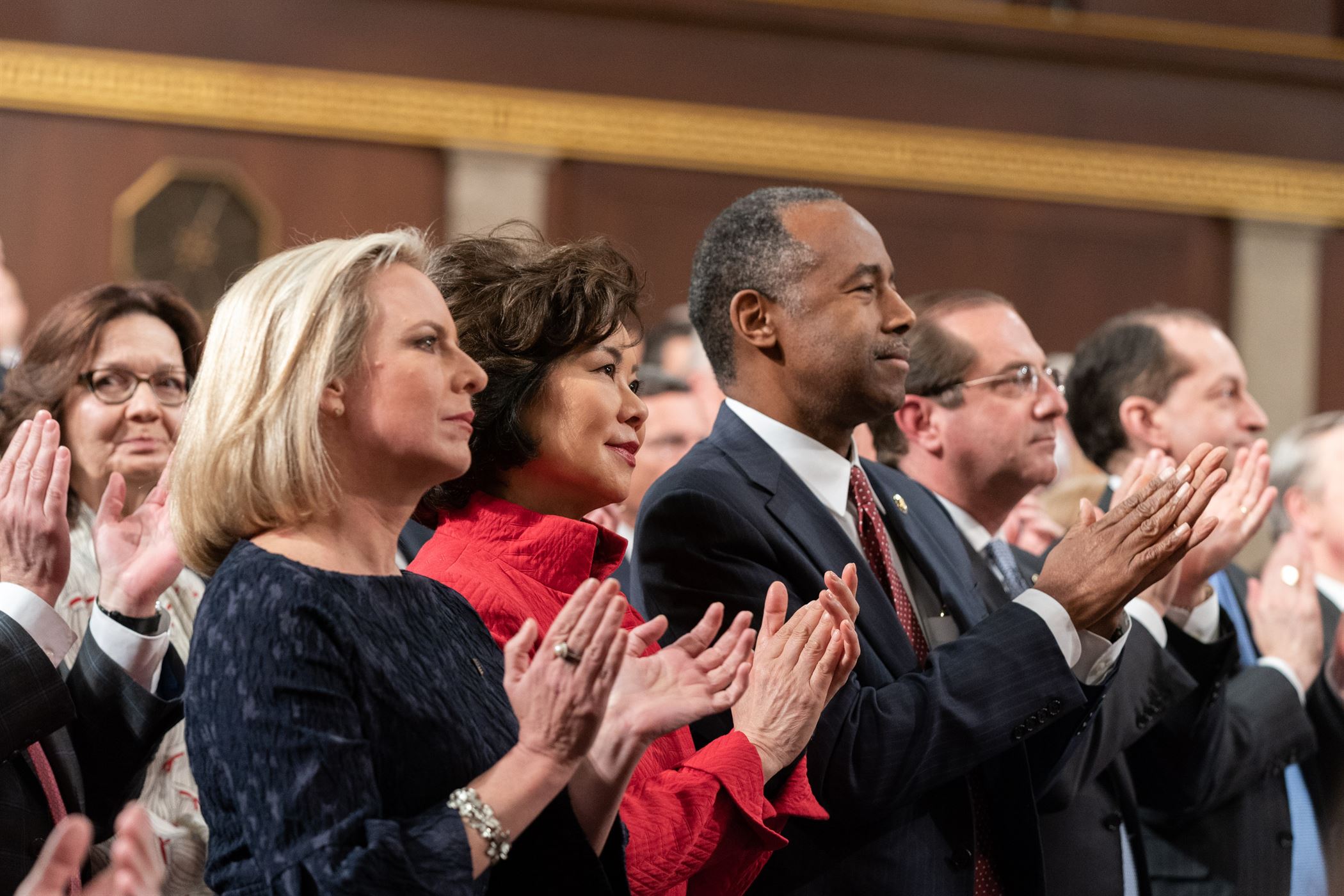The 2019 State of the Union Address felt like a car wreck where you want to look away but can’t help but stare.
President Donald Trump delivered his speech on Feb. 5 and, unsurprisingly, left the nation skeptical about the statistics and claims he was spewing throughout the entirety of the night.
Did you know, according to Trump, “If I had not been elected president of the United States, we would right now, in my opinion, be in a major war with North Korea?”
It comes as a shock to many to hear a prominent figure like the president of the U.S. present such presumptuous opinions because he possesses a major influence on the average American citizens.
Statements such as those only insinuate malicious accusations about Hillary Clinton and the Democratic Party, which only further divide us as a nation.
The misleading comments, exaggerations and false narratives were the reoccurring theme during the State of the Union. Whether he was addressing the unemployment rate, human trafficking or the economy, there was a sprinkle of lies in each area.
According to the Haaretz article, “Trump’s State of the Union Fact Check: Mistakes, Exaggerations and Lies,” Trump stated, “Nearly 5 million Americans have been lifted off food stamps.” However, the number of food stamps hasn’t declined that much.
“In 2018, there were 40.3 million people participating in SNAP,” Haaretz wrote. “That is a decline of 3.9 million, not the five million that Trump talked about.”
Trump exaggerates the statistics on many other issues as well which can bolster his image and the success he is having in his presidency. By doing so, he loses the trust of the American people because he fabricates these outlandish numbers with no validity behind them.
As a student working in reporting and journalism, it then becomes the responsibility of the media to hold him accountable to these statements.
Major news media industries such as The New York Times must now put out fact-checking articles to correct what was contrived from Trump’s statements. It’s fascinating to see how many more people are using fact-checking websites since Trump’s presidency.
Poynter.com wrote an article addressing what people should expect from fact-checking in 2019. According to the writers of the article, Daniel Funke and Alexios Mantzarlis, “In 2019, we predict that fact-checkers will have to contend with the rise of government actions against misinformation around the world.”
It becomes dangerous when misinformation is commonly scattered around by government officials because there are some naive viewers at home simply absorbing preconceived fallacies.
For instance, President Trump said, “One in three women is sexually assaulted on the long journey north.”
In reality, according to Doctors Without Borders, “The report did not conduct a random-sample survey that could be applied to all migrant women. Instead, the group interviewed nearly 500 people whom its doctors treated. Of those people, 12 percent were women. So the statistic is derived from the experiences of 56 women and cannot necessarily be considered representative of all migrant women.”
When Trump makes obligatory remarks to impose an excessively negative image on the border crisis, it constructs a social disorder where people become wary and hostile.



